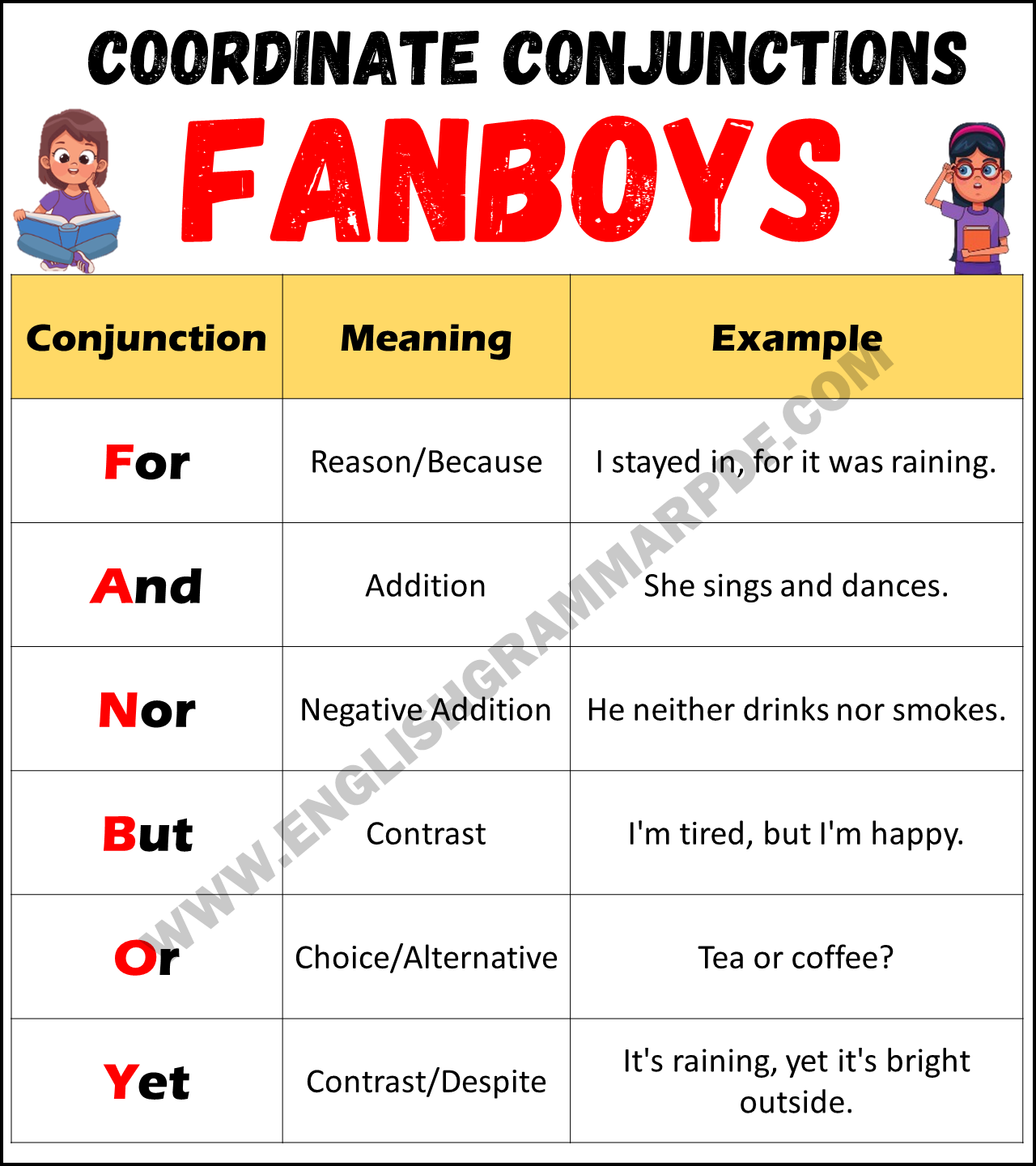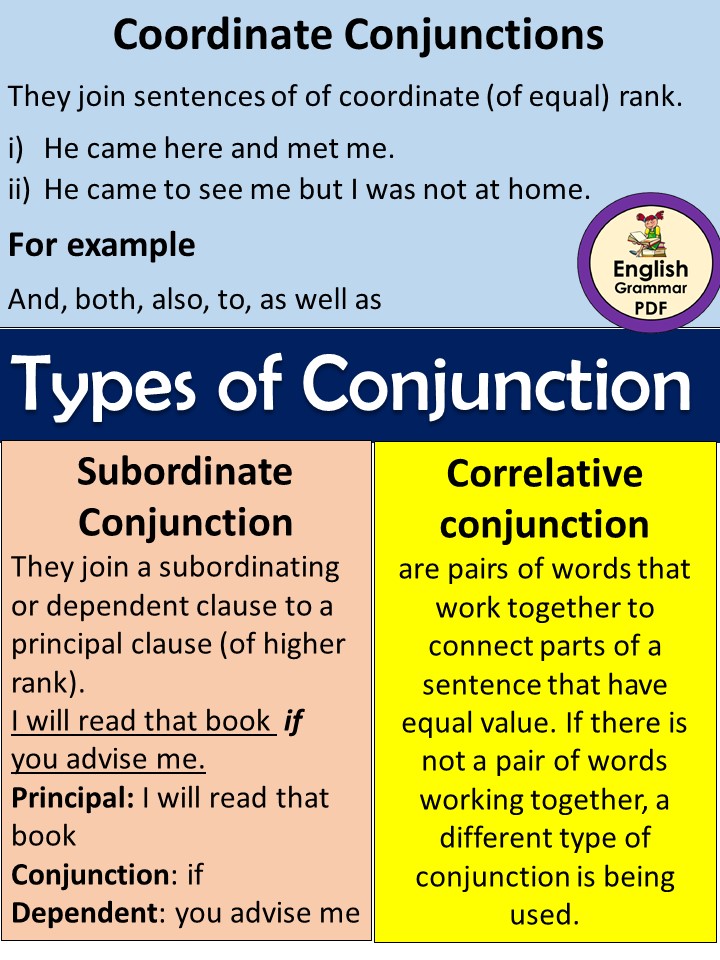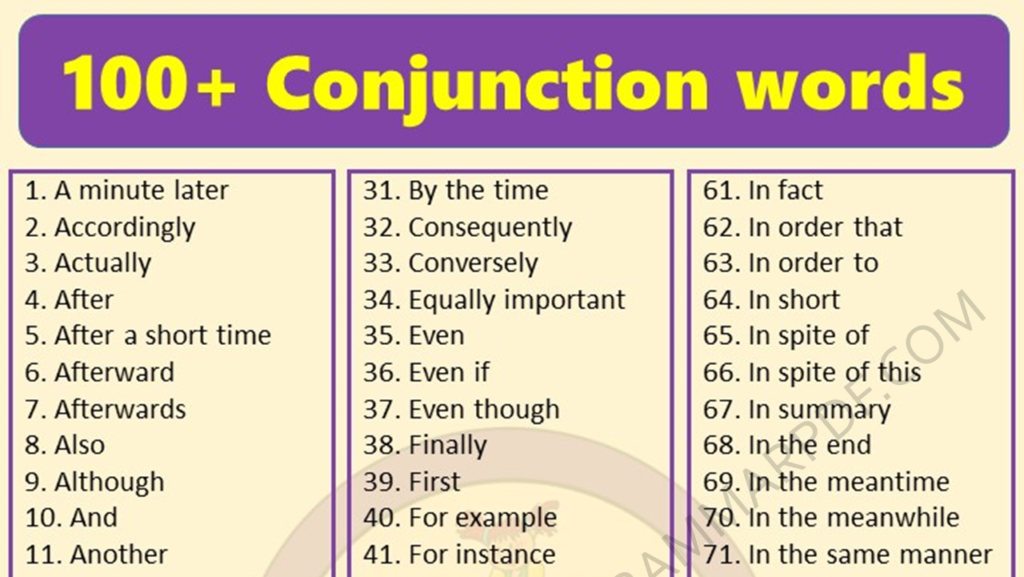Did you know words can join hands like friends? In English, we have special words called FANBOYS that help us connect our thoughts. These seven helpers make our sentences exciting and clear. Let’s dive into the world of FANBOYS and see how they turn our ideas into fun stories!
Coordinating Conjunctions
Coordinating conjunctions are like the glue in a sentence. They hold words, phrases, or even whole sentences together, making sure everything sticks in a way that makes sense.
Imagine you have two favorite toys; coordinating conjunctions are like saying “and” to play with both at once, or “but” if you love one more than the other.
These special words include FANBOYS, which stands for “For, And, Nor, But, Or, Yet, So.” They help make our sentences more interesting and help us express exactly what we’re thinking or feeling in a clear way.
FANBOYS
As explained earlier, FANBOYS are “For, And, Nor, But, Or, Yet, So.” Let us look at their functions.
- For: Explains a reason, like saying “because.” (e.g., “I brought an umbrella, for it looked like rain.”)
- And: Connects similar ideas or adds information. (e.g., “She plays the guitar and sings.”)
- Nor: Joins two negatives, not needing a “neither” before it. (e.g., “He can’t swim, nor can he ride a bike.”)
- But: Shows contrast or exception. (e.g., “I wanted to go out, but it was raining.”)
- Or: Presents choices or alternatives. (e.g., “Do you want tea or coffee?”)
- Yet: Introduces a contrasting idea that follows logically. (e.g., “It was raining yet we went for a walk.”)
- So: Indicates a result or effect. (e.g., “It was late, so I went home.”)
Related: Correlative Conjunctions List

Let us explore each in detail with example sentences.
1. FOR
The coordinating conjunction “for“ is used to explain reasons or give explanations, similar to “because.” It helps us understand why something happened or why someone did something. Here are three sentences that show different ways to use “for”:
Example 1. “I carried an umbrella, for the sky was full of dark clouds.”
This sentence explains why the umbrella was carried – because the sky looked like it might rain.
Example 2. “She stayed up late studying, for she had an important exam the next day.”
Here, “for” tells us the reason she decided to study late – because of an upcoming exam.
Example 3. “They decided to take the scenic route, for they had plenty of time.”
In this example, “for” explains why the scenic route was chosen – because there was no rush.
2. AND
The coordinating conjunction “and” is one of the most versatile and commonly used in English. It serves to connect similar ideas, add extra information, or combine actions and descriptions. Here’s how “and” can be used in different contexts:
1. Connecting similar ideas or items in a list:
“She bought apples, bananas, and oranges at the grocery store.” This sentence uses “and” to connect similar items (fruits) in a list.
Example: “He likes to paint and draw in his free time.”
Here, “and” connects two similar hobbies, painting and drawing.
2. Adding information:
Example: “The library is open on weekdays, and the reading room is available on weekends.”
This sentence adds extra information about the reading room being available, in addition to the general opening hours of the library.
3. Combining actions or descriptions:
Example: “She laughed and waved goodbye as the train departed.”
In this example, “and” combines two actions (laughing and waving) that happened simultaneously.
Example: “The room was cozy and well-lit, making everyone feel at home.”
Here, “and” connects two descriptions of the room, cozy and well-lit, to give a fuller picture of its ambiance.
3. NOR
The coordinating conjunction “nor” is used to connect two negative ideas, often following a negative statement to add another negative without repeating “not” or “no.” It usually pairs with “neither” in the first part, but it can also be used on its own in more advanced structures. Here are three example sentences showing different uses of “nor”:
Example 1. “He neither likes to swim nor to play basketball.”
This sentence uses “nor” to join two negative preferences, indicating that he doesn’t like swimming and also doesn’t like playing basketball.
Example 2. “She can’t sing, nor can she dance.”
Here, “nor” adds a second negative ability without repeating “can’t,” emphasizing that she lacks both abilities.
Example 3. “The restaurant doesn’t serve pizza, nor does it offer pasta.”
In this example, “nor” is used to add another negative fact about the restaurant’s menu, highlighting the absence of both pizza and pasta.
4. BUT
The coordinating conjunction “but” is like the bridge between two contrasting ideas. It shows us how things that might not seem to fit together can actually be part of the same sentence, helping us see the full picture. Here are three sentences using “but” to highlight contrasts:
Example 1. “I wanted to go to the beach, but it was raining.”
This sentence contrasts the desire to go to the beach with the reality of rain.
Example 2. “He loves playing soccer, but he hates getting up early for practice.”
Here, “but” contrasts the enjoyment of playing soccer with the dislike of early mornings.
Example 3. “The cake looked delicious, but it tasted too sweet.”
In this example, “but” contrasts the appearance of the cake with its overly sweet taste, showing that looks can be deceiving.
4. OR
The coordinating conjunction “or” is used to present options, choices, or alternatives. It shows that there are different possibilities available and we can choose one. Here are three sentences illustrating the use of “or”:
Example 1.“Do you want to play soccer or basketball after school?”
This sentence presents two activities to choose from: playing soccer or playing basketball.
Example 2.“Should we travel by train or by bus?”
Here, “or” gives us two modes of transportation to consider for our travel plans.
Example 3.“You can have ice cream or cake for dessert.”
In this example, “or” offers a choice between two dessert options, indicating that one can be selected.
5. YET
The coordinating conjunction “yet” introduces a contrast or contradiction, often suggesting a sense of surprise or unexpectedness. It’s like saying “but at the same time” or “however.” Let’s look at three example sentences:
Example 1.“The trail was steep and slippery, yet they reached the top without any trouble.”
This sentence shows a contrast between the challenging conditions of the trail and the successful climb.
Example 2.“He was tired, yet he continued to work late into the night.”
Here, “yet” contrasts the state of being tired with the decision to keep working, showing determination despite fatigue.
Example 3.“It was a small gesture, yet it meant a lot to her.”
In this example, “yet” highlights the surprising significance of a small gesture, indicating that its impact was much larger than its size might suggest.
6. SO
The coordinating conjunction “so” is used to show a result or effect, indicating that something happens because of something else. It helps to link causes and their effects in sentences. Here are three examples to illustrate different uses of “so”:
Example 1.“The weather was cold, so I wore a thick coat.”
This sentence connects the cold weather with the action of wearing a coat for warmth, showing the effect of the weather on the choice of clothing.
Example 2.“He studied hard for the test, so he passed with flying colors.”
Here, “so” links the effort put into studying with the successful outcome, indicating that the hard work led to a good result.
Example 3.“The movie started at 7 PM, so we hurried to get there on time.”
In this example, “so” shows that the specific start time of the movie caused the rush to arrive promptly, connecting the time constraint with the hurried action.


